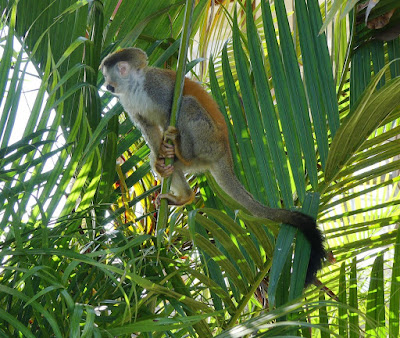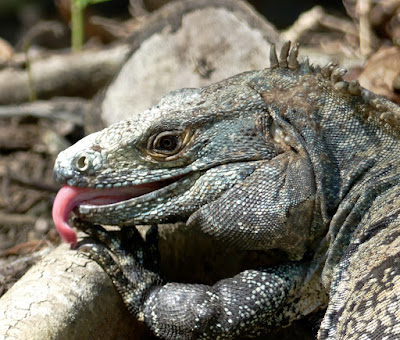After 50 years of drinking coffee we thought it about time to check out what coffee really is.
Therefore, we visited Café de Monteverde, a sustainable, organic-based coffee-growing cooperative.
It all begins and ends with coffee beans!
Here, the beans are sprouting to eventually become coffee bushes.
Part of the highland (c. 1300m a.s.l) coffee plantation with Arabica plants.
Coffee berries. Green = unripe. Red = ripe and ready for picking.
Picking coffee berries for a living is a really tough and warm job. A professional picker (i.e. from Nicaragua) can fill the basket in less than 30 minutes.
Each fleshy coffee berry has two beans (seeds).
Most coffee flavours / varieties require the soft berry parts to be separated from the seeds (beans).
The natural drying process of berries and/or beans takes some weeks.
After the roasting process (which is extremely flavour-specific), the beans are ready to be ground and, eventually, the fluid coffee can be made, ready for consumption.
Please note that the coffee man uses Bodum coffee pots, a genuine Danish design product!
Please also note that the coffee water was heated using methane produced from the "end products" of this sow in the cooperative's stall.
The sow was fed sugar canes cut by this re-cycle machine.
Very sustainable !













































































